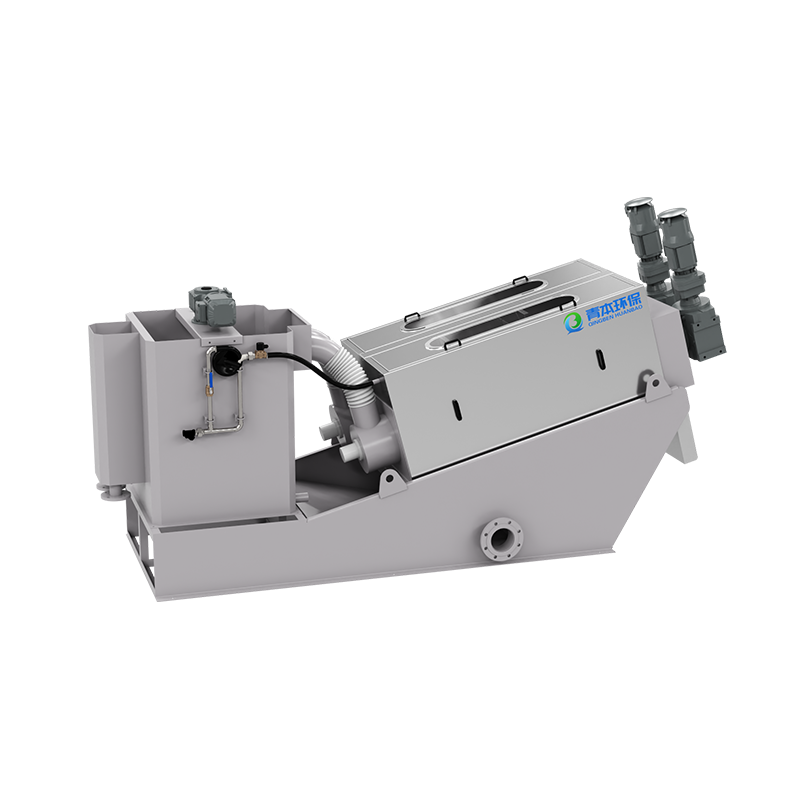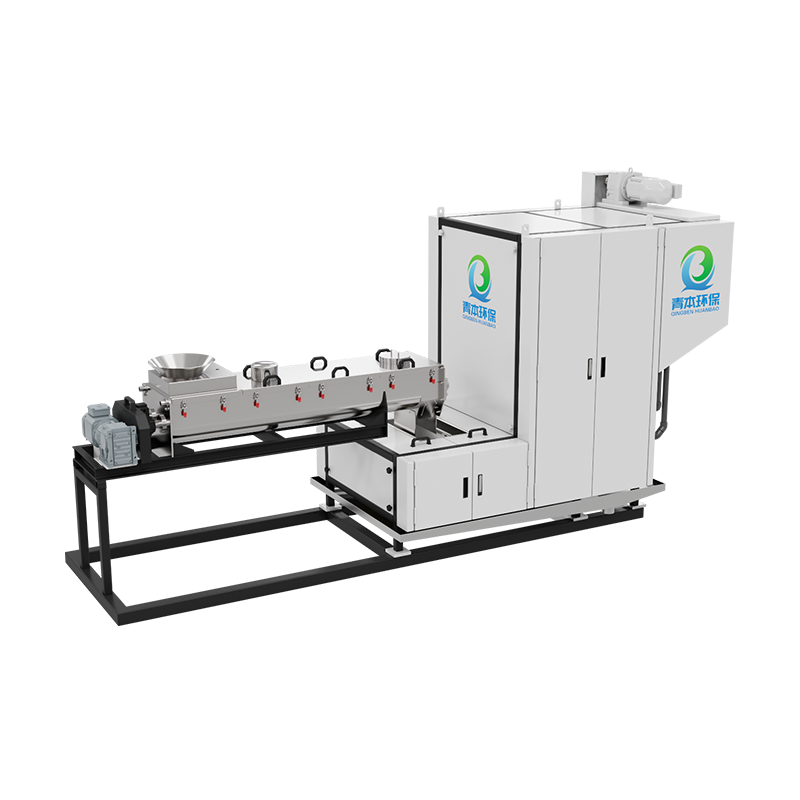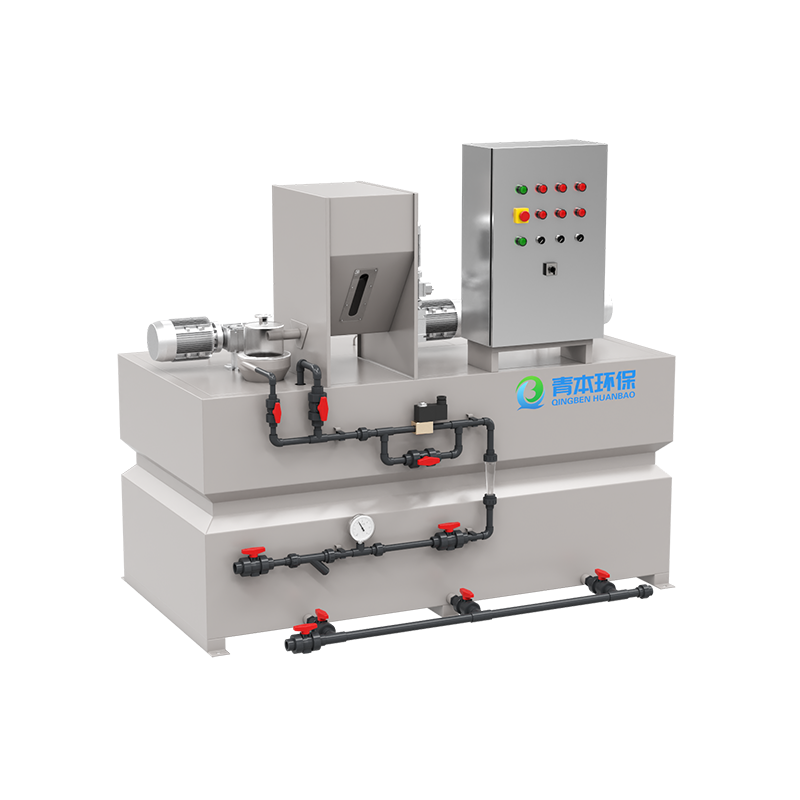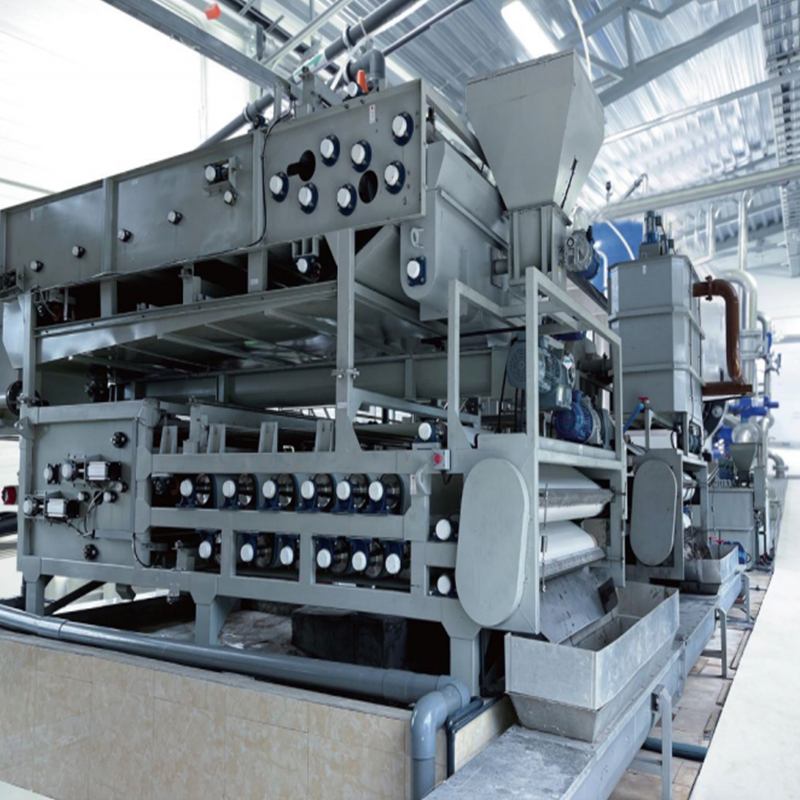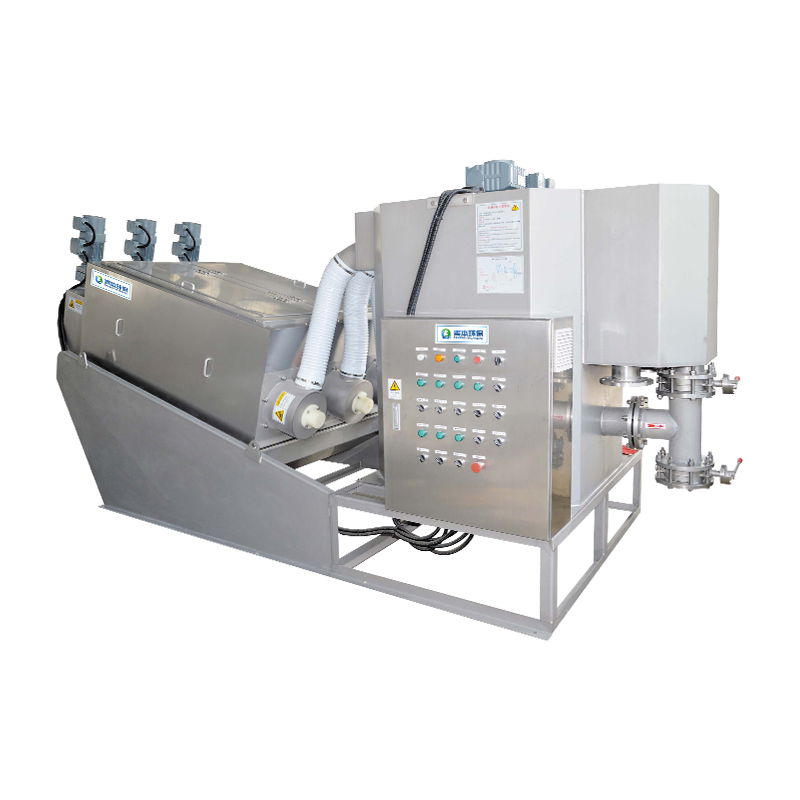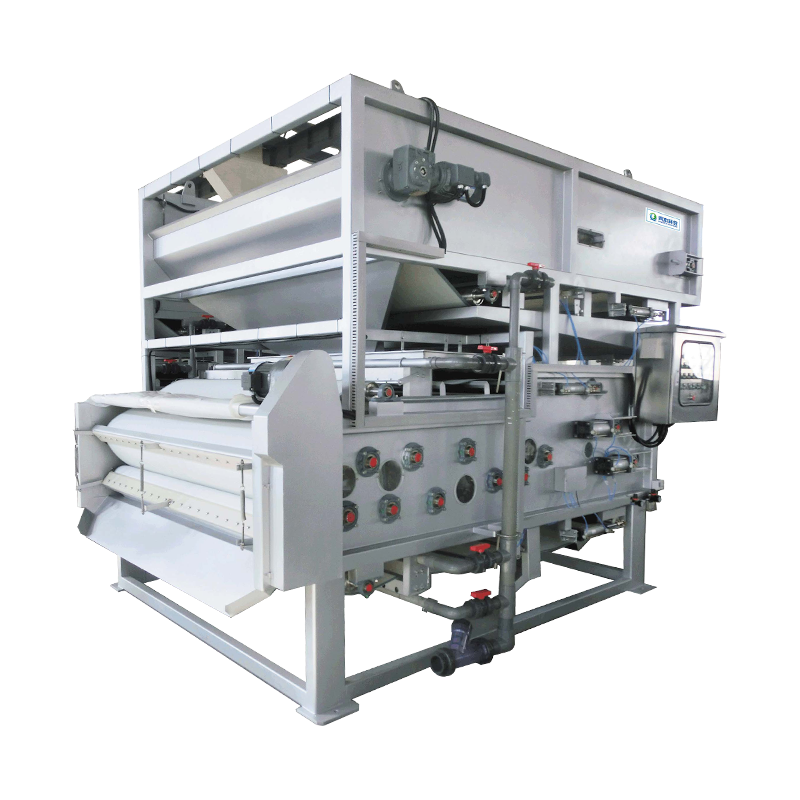The sludge cryogenic chamber drying machine is a device specifically designed for drying and reducing sludge. Its core feature is the use of low temperatures (typically between 40°C and 75°C) to remove moisture from the sludge. Compared to traditional high-temperature drying methods, low-temperature dryers offer unique advantages, particularly in terms of energy efficiency, safety, and environmental protection.
1. Working Principle of a Low-Temperature Sludge Dryer
The most common principle of a low-temperature sludge dryer is heat pump dehumidification technology. The basic process is as follows:
Feed: Initially dehydrated sludge (typically with a moisture content of around 80%-85%) is fed into the dryer.
Hot Air Circulation: Low-temperature hot air (e.g., 40°C-75°C) is generated within the dryer. This hot air flows through the wet sludge layer, removing moisture from the sludge and forming humid hot air.
Dehumidification Heat Pump: The humid hot air enters the heat pump dehumidification system. The working principle of a heat pump is similar to that of an air conditioner:
Cooling and Condensation: Humid hot air passes through the evaporator (cold end), where its temperature drops, causing the water vapor in the air to condense into liquid water and be discharged.
Heating and Returning: The dehumidified (drier) air passes through the condenser (hot end), where it absorbs heat, raising its temperature and returning to dry hot air for recycling.
Repeated Cycle: This process continues until the sludge moisture content reaches a preset target (e.g., 10%-50%).
The entire process is a closed loop, where only water is separated and discharged, while heat is efficiently recovered within the system.
2. Main Features and Advantages
Energy Saving and High Efficiency:
Low-Temperature Operation: Compared to high-temperature drying, low-temperature operation consumes less energy.
Heat pump technology: Efficiently recovers latent and sensible heat from the air, resulting in extremely high energy efficiency and significantly reducing operating costs.
Closed Cycle: Reduces heat loss and improves overall energy efficiency.
High Safety:
Low-Temperature Environment: Avoids the risks of dust explosions and harmful gases generated by organic matter decomposition that can occur with high-temperature drying. Closed system: Reduces odor and harmful substances released into the air, improving the working environment.
Significant environmental benefits:
Volume reduction: Significantly reduces sludge moisture content, resulting in reduced sludge volume and reduced transportation and disposal costs.
Resource utilization: Dried sludge can be recycled as fuel, building materials, or soil conditioner.
No secondary pollution: Due to the low temperature and closed circulation, odor, dust, and toxic gases are essentially eliminated, thus preventing secondary pollution.
Condensate can be directly discharged: The generated condensate is generally of high quality and can be directly discharged or reused after simple treatment.
Adaptable to sludge properties: Suitable for a variety of sludge types, including municipal and industrial sludge.
High degree of automation: Typically equipped with a PLC control system, it enables automated operation and remote monitoring, simplifying operation and maintenance.
3. Application areas
Low-temperature sludge dryers are widely used in the following areas:
Municipal sewage treatment plants: Treat sludge generated from municipal sewage.
Industrial wastewater treatment: Industrial sludge generated by the printing and dyeing, chemical, pharmaceutical, papermaking, electroplating, and food industries.
Other aqueous waste treatment: Some low-temperature drying technologies can also be used to treat other industrial wastes with high moisture content.






